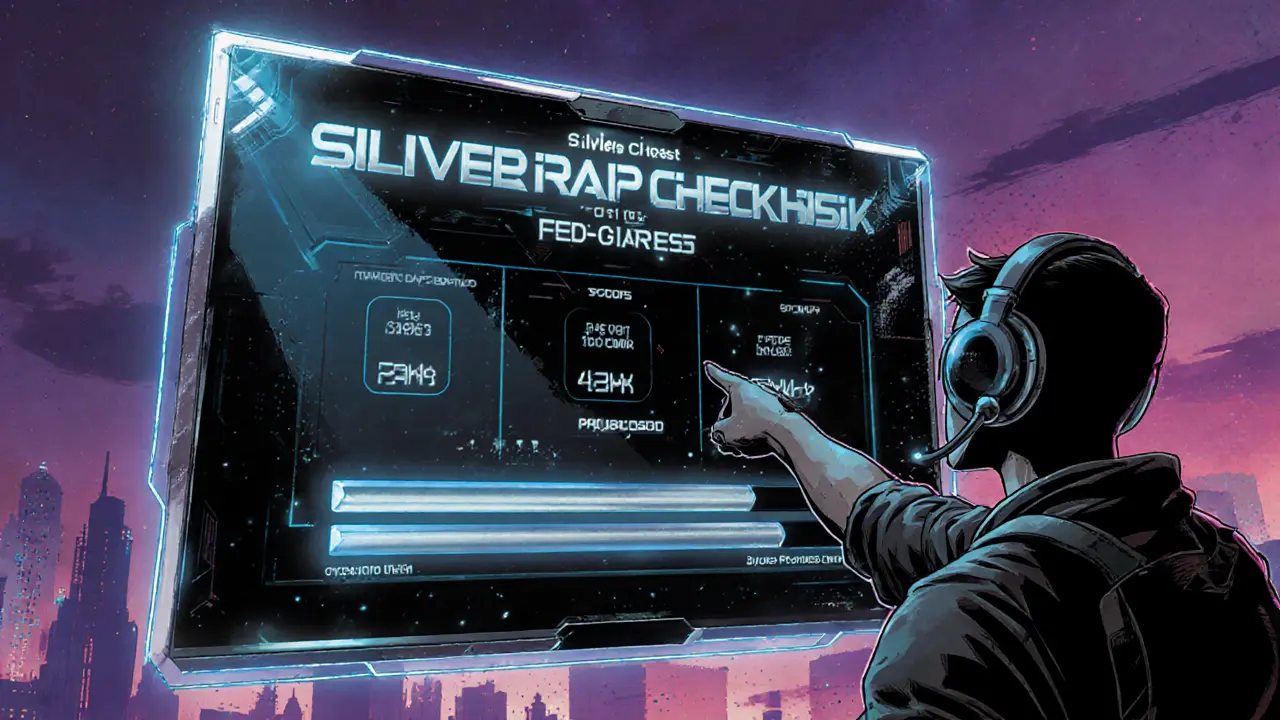Zuki Moba Silver Chest NFT Airdrop: How to Claim & Details
Learn how to claim the Zuki Moba Silver Chest NFT airdrop: eligibility, steps, timeline, and tips for success in the Zukiverse ecosystem.
Continue ReadingWhen talking about NFT airdrop, the distribution of non‑fungible tokens at no cost to participants. Also known as token giveaway, it blends the thrill of digital collectibles with a free‑ownership incentive. A crypto airdrop works similarly but usually hands out fungible coins instead of unique NFTs. Meanwhile, an NFT giveaway, often tied to a game launch, lets players claim exclusive artwork or in‑game items.
At its core, an NFT airdrop requires three things: a compatible wallet, a verified address, and a participation trigger such as holding a specific token or joining a community channel. The wallet must support the blockchain the NFT lives on—Ethereum, BNB Smart Chain, or Solana are the most common. Once the criteria are met, the project’s smart contract automatically mints the token to the eligible address. This simple flow—criteria, eligibility, automatic mint—creates a clear, trust‑free distribution model.
Legitimate projects usually announce the airdrop on their official website, verified social media, or reputable crypto news outlets. Look for detailed tokenomics, a clear roadmap, and a public smart‑contract address you can verify on a block explorer. If a giveaway asks for private keys, upfront payments, or unrealistic promises of massive returns, it’s likely a scam. Cross‑checking the project’s GitHub repo or community discussion on platforms like Discord helps confirm authenticity.
Blockchain gaming has turned NFT giveaways into a core marketing tool. Game developers release a limited batch of character skins, weapons, or land parcels as airdrops to early adopters. The incentive drives user acquisition and creates a buzz around the game’s launch. In turn, the airdrop fuels secondary‑market activity, which can boost the game’s token price and attract investors. This loop—game launch → NFT giveaway → community growth → token appreciation—shows how interconnected the ecosystems are.
DeFi platforms also use NFT airdrops to reward liquidity providers or early voters. For example, a yield‑farm might mint a unique badge NFT for users who stake a certain amount for a set period. These NFTs often double as governance tokens, letting holders vote on protocol upgrades. By blending DeFi incentives with collectible value, projects increase user stickiness and generate buzz across both finance and NFT communities.
Risk management is essential before you chase any airdrop. Scams can steal your wallet address or flood you with phishing links. Always use a dedicated wallet for airdrop participation, enable two‑factor authentication on associated accounts, and never share your seed phrase. Checking the smart‑contract code for suspicious functions—like emergency withdraw or owner‑only minting—adds an extra layer of safety.
Staying ahead of the curve means using tracking tools. Dedicated airdrop aggregators list upcoming NFT airdrops, filter by blockchain, and rate projects based on community sentiment. Telegram channels, Discord servers, and Twitter lists curated by seasoned hunters are also valuable sources. Setting up alerts ensures you don’t miss the narrow claim windows that many airdrops impose.
Claiming a typical NFT airdrop follows a straightforward set of steps: 1) Connect your compatible wallet to the project’s official claim page, 2) Verify that you meet the eligibility criteria—such as holding a specific token or completing a social task, 3) Sign the transaction to receive the NFT, and 4) Confirm receipt in your wallet’s NFT gallery. The NBOX NFT giveaway for the Super Hero game launch, for instance, asked users to hold a specific BSC token and join the game's Discord before the claim deadline.
Don’t forget tax implications. In many jurisdictions, receiving a free NFT is considered taxable income at the fair market value on the day of receipt. Later, selling or swapping the NFT may trigger capital gains tax based on the price difference. Keeping a simple spreadsheet of airdrop dates, token values, and transaction hashes can simplify reporting when tax season arrives.
Why do projects pour resources into NFT airdrops? Beyond community building, airdrops create instant network effects. Free distribution drives wallet adoption, expands the user base, and generates organic social media chatter. When holders start trading or using the NFT within a platform, it validates the project's utility and can attract investors seeking proof of demand.
Below you’ll find a curated collection of articles that dive deeper into each of these topics. From step‑by‑step claim guides to detailed risk analyses and market‑trend insights, the posts are designed to give you actionable knowledge that you can apply right away. Explore the list and start mastering NFT airdrops today.

Learn how to claim the Zuki Moba Silver Chest NFT airdrop: eligibility, steps, timeline, and tips for success in the Zukiverse ecosystem.
Continue Reading